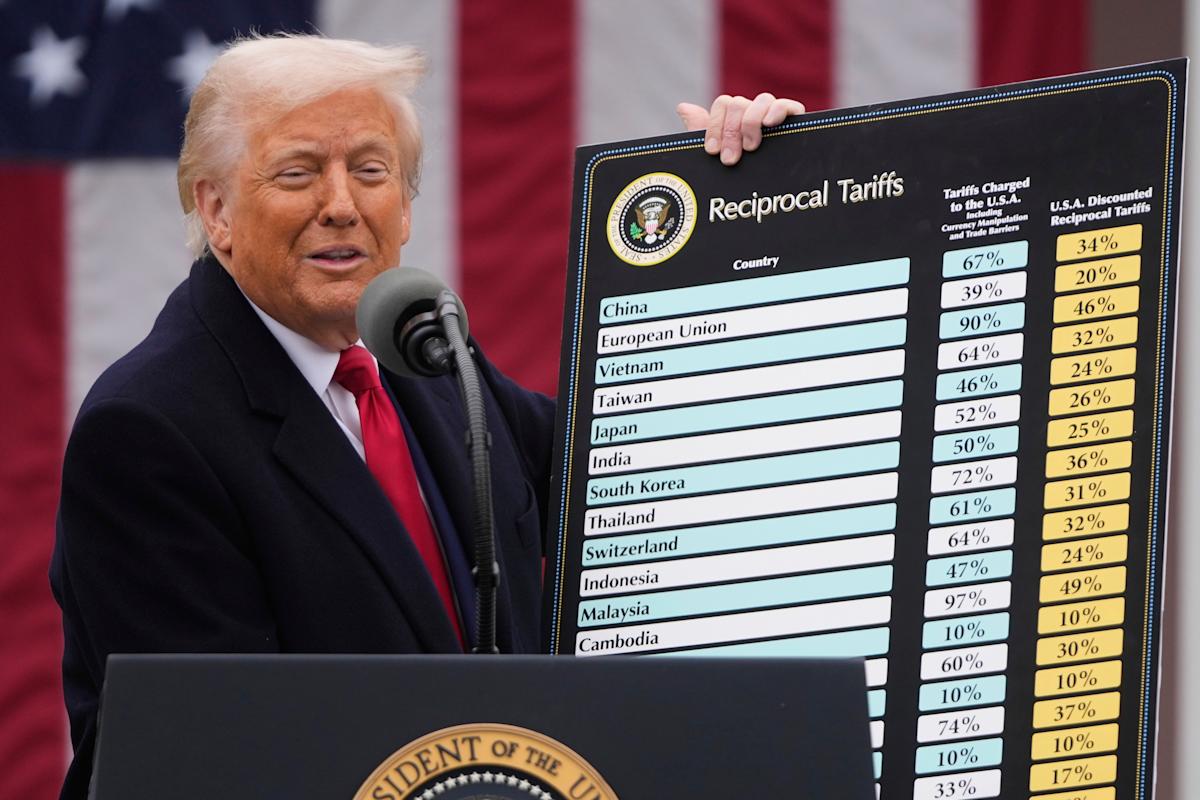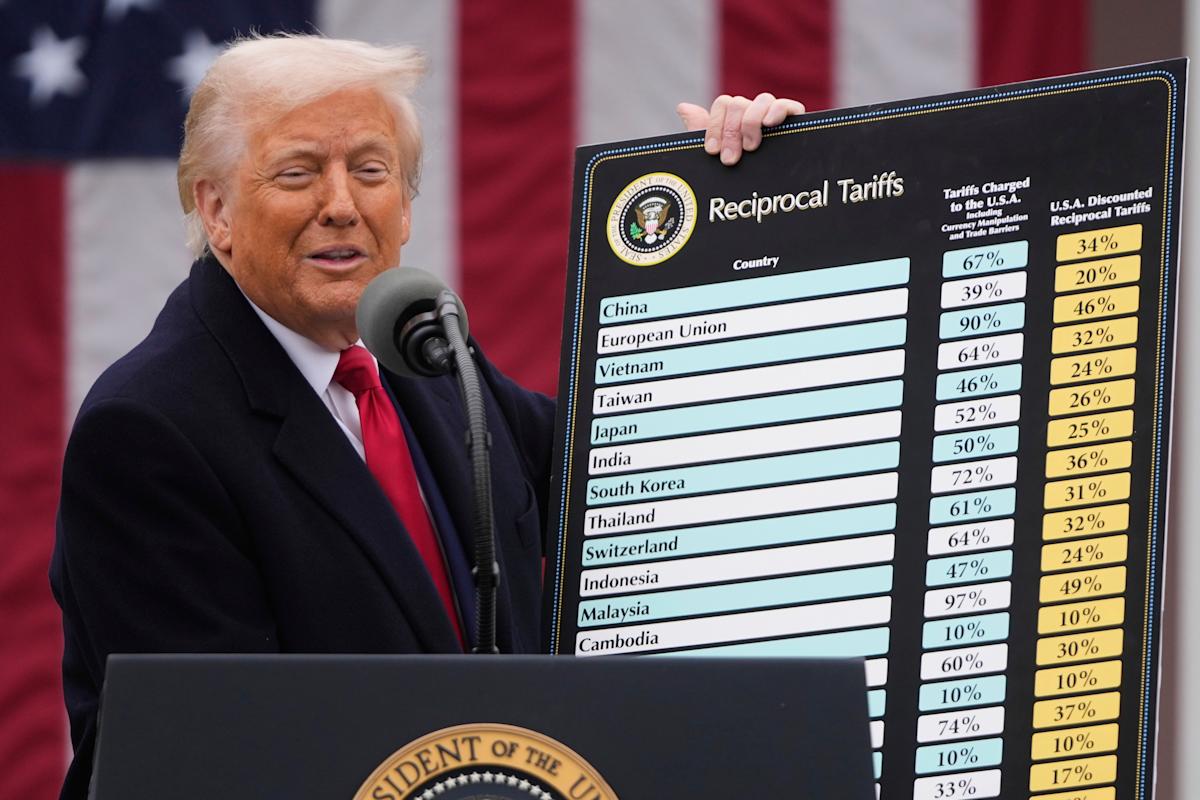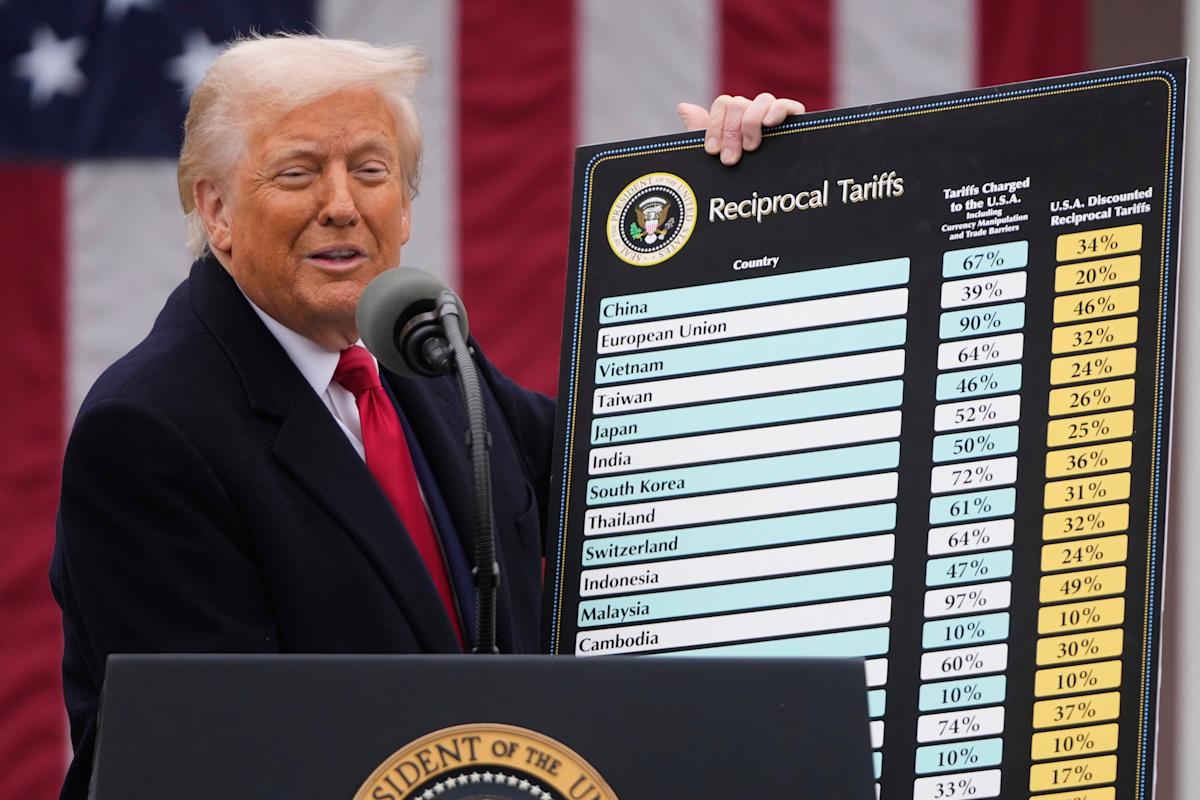## Trade War 2.0: Trump’s Tariffs Balloon to 125% as China Throws a Tech Tantrum Remember that whole “trade war” thing? Yeah, it’s back, and this time it’s personal. President Trump, never one to shy away from a good brawl, has just upped the ante with tariffs on Chinese goods skyrocketing to a whopping 125%. But China ain’t backing down. They’re throwing their own tech-powered punches, making this trade war a full-blown digital dust-up. Get ready for a deep dive into the latest tech battlefield, where innovation collides with national pride and the price of your next gadget could be about to go through the roof.
The 90-Day Pause on Liberation Day Tariffs

Despite the escalating trade tensions, President Trump instituted a 90-day pause on steep Liberation Day tariffs. This move was seen as a temporary reprieve for investors, who had been growing increasingly anxious about the impact of the trade war on US stocks.
In a similar move, the EU matched the US pause on retaliatory duties. This development has been viewed as a positive step towards de-escalating the trade conflict, although it remains to be seen whether the pause will lead to a more lasting resolution.

USMCA: Tariff-Free Trade Among the Three Countries
In a separate development, the United States–Mexico–Canada Agreement (USMCA) has come into effect, allowing for tariff-free trade among the three countries. However, this only applies to compliant goods, while non-compliant goods are subject to a 25% tariff – except for energy and potash, which are tariffed at 10%.
Practical Consequences
Baseline 10% Tariff Remains in Place for US Imports
The baseline 10% tariff that went into effect on April 5 remains in place for all affected imports into the US. This means that US businesses and consumers can expect to pay higher prices for imported goods, at least in the short term.
Non-Compliant Goods Tariffed at 25%: Energy and Potash Excepted
As mentioned earlier, non-compliant goods are subject to a 25% tariff, with the exception of energy and potash, which are tariffed at 10%. This could have significant implications for industries that rely heavily on these goods.
What This Means for US Businesses and Consumers
The ongoing trade war and subsequent tariffs are likely to have far-reaching consequences for US businesses and consumers. With higher prices for imported goods, businesses may need to adjust their supply chains or absorb the additional costs, which could impact their bottom line. Consumers, on the other hand, may need to budget for higher prices or seek out alternative products.
Looking Ahead
Beijing’s Hint at No Further Tariff Hikes
Despite the escalation of tariffs, Beijing has hinted that it will not engage in further tariff hikes – even if Washington continues its escalations. This could be seen as a positive development, although it remains to be seen whether China will follow through on this commitment.
Trump’s Cabinet Confident of “Great Certainty” After the Pause
Trump and members of his Cabinet have attempted to reassure investors that things will “work out” with China. Treasury Secretary Scott Bessent expressed confidence that the US would be in a place of “great certainty” after the pause, as the administration looks to negotiate new trade deals with partners.
Negotiating New Trade Deals: The Road Ahead
As the trade war continues to evolve, the Trump administration will need to navigate complex trade negotiations with China and other partners. With the USMCA already in effect, the focus will shift to negotiating new trade deals that benefit US businesses and consumers.
Conclusion
Trump Tariffs Explode to 125%: China Fires Back
In a shocking turn of events, the escalating trade tensions between the United States and China have reached unprecedented heights. Trump Tariffs Explode to 125%: China Fires Back, a recent report reveals that Chinese exports have surpassed $150 billion in annual sales to the US, prompting a massive 125% tariff hike on Chinese goods. This drastic move has sent shockwaves through global markets, highlighting the deep-seated trade imbalance between the two nations.
The Chinese government, in response to this unprecedented escalation, has issued its own set of retaliatory measures, including the imposition of tariffs on US agricultural products. This tit-for-tat move has raised concerns among economists and policymakers, who fear the potential for a full-blown trade war. The implications of this conflict are far-reaching, with the potential to disrupt global supply chains, lead to increased prices for consumers, and even threaten the US-China economic relationship. As tensions continue to escalate, it remains to be seen how both sides will navigate this treacherous terrain.
The significance of this trade war cannot be overstated. It highlights the growing global economic tensions, as well as the increasingly complex web of alliances and rivalries that shape international relations. The trade war also underscores the need for policymakers to develop a more nuanced approach to addressing economic disparities between nations. As the world grapples with this crisis, one thing is clear: the future of trade and economic cooperation hangs precariously in the balance, and the outcome will have far-reaching consequences for all involved. Will the US and China find a way to resolve this impasse, or will the tensions escalate further, plunging the world into a new era of uncertainty? Only time will tell.



Add Comment